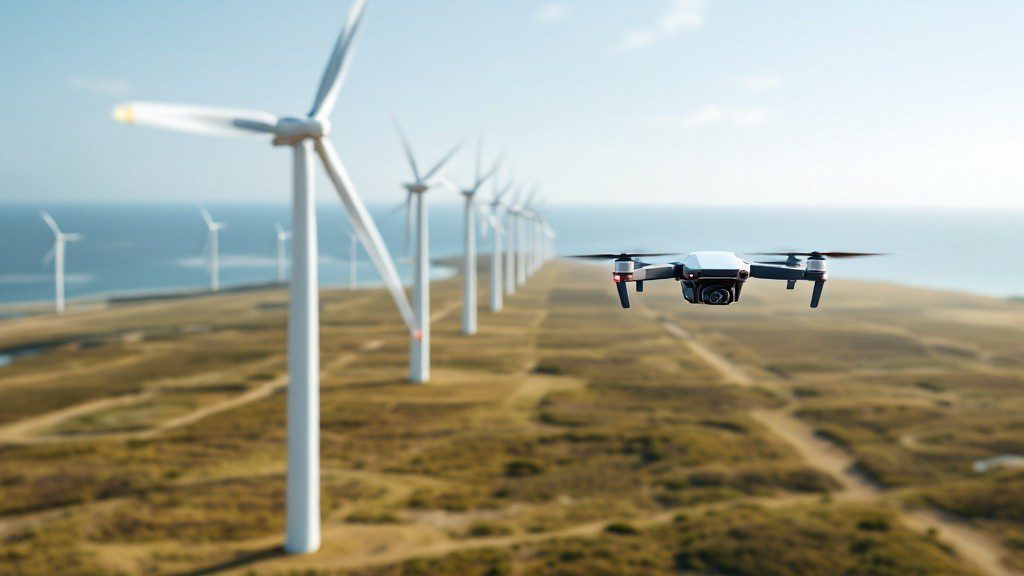Artificial Intelligence is revolutionising environmental conservation efforts worldwide, with Microsoft revealing three groundbreaking applications that are transforming energy efficiency and climate resilience. The technology giant has documented significant advances in energy optimisation, renewable resource management, and waste reduction systems.
Through sophisticated machine learning algorithms and predictive analytics, AI systems are now capable of reducing energy consumption across multiple sectors. A great example is 75F, which uses AI and machine learning to manage HVAC systems in schools, offices, and stores. By analysing things like weather forecasts, how buildings are used, and real-time sensor data, their system automatically adjusts settings to save energy and keep spaces comfortable.
AI is helping tackle climate challenges by analysing complex systems. It is becoming a powerful tool in the fight against climate change, helping us make sense of complex systems like weather patterns, supply chains, and power grids to boost efficiency and resilience.
“AI-driven solutions are fundamentally changing how we approach energy management,” experts at Microsoft report. The technology’s ability to analyse and optimise complex systems in real-time is proving invaluable for environmental conservation efforts.
The impact extends significantly into the renewable energy sector, where companies are leveraging AI to enhance wind turbine performance. By incorporating sensors and advanced algorithms, these systems can now predict and adapt to changing wind conditions, maximising energy output while minimising environmental impact.
In the transportation sector, Tesla’s implementation of AI in its electric vehicles showcases how intelligent systems can optimise driving patterns and energy consumption. This technology not only improves vehicle performance but also contributes to reducing overall carbon emissions in the automotive industry.
The waste management sector has seen equally impressive advances. AI-powered robots, deployed by companies like Waste Robotics, are transforming recycling efficiency through automated sorting systems. These innovations are significantly reducing landfill waste while improving resource recovery rates.
AI is accelerating the development of sustainability solutions, cutting down research time from years to weeks. A recent breakthrough in creating a low-lithium battery material highlights how AI and high-performance computing can speed up innovation while reducing environmental impact. It is also helping lower the cost of renewable energy, improve carbon removal, and reduce embodied carbon—the emissions tied to producing and using materials like concrete and steel.
Looking ahead, AI’s role in environmental conservation is expected to expand further. As climate change challenges intensify, these technologies will become increasingly crucial for developing effective mitigation strategies and improving environmental resilience.
News Source: Microsoft News









